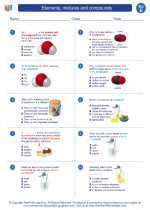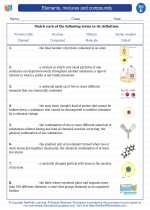Defense in Living Organisms
Defense mechanisms are crucial for the survival of living organisms. They protect against external threats such as pathogens, predators, and environmental dangers. Here are some key aspects of defense in living organisms:
Physical Defense
Physical defense mechanisms include features such as a tough outer skin, shells, spines, and camouflage. These physical adaptations help organisms avoid or withstand attacks from predators.
Chemical Defense
Many organisms produce chemical substances that can repel or harm predators. For example, some plants produce toxins to deter herbivores, while some animals have venom or foul-tasting secretions for defense.
Immune Defense
The immune system is a crucial defense mechanism in many organisms, including humans. It consists of specialized cells and proteins that recognize and neutralize pathogens such as bacteria, viruses, and parasites.
Behavioral Defense
Organisms exhibit various behaviors as part of their defense mechanisms. These behaviors may include fleeing, hiding, forming groups for protection, using alarm calls to warn others, and employing mimicry to resemble harmful or unpalatable species.
Study Guide
- What are some examples of physical defense mechanisms in animals?
- How do plants use chemical defense for protection?
- What are the key components of the immune system in humans?
- Give examples of behavioral defense mechanisms in animals.
- Discuss the importance of defense mechanisms for the survival of living organisms.
Understanding the various defense mechanisms employed by living organisms is essential for appreciating the complexity of ecological systems and the adaptations that have evolved for survival.
[Defense] Related Worksheets and Study Guides:
.◂Science Worksheets and Study Guides Fifth Grade. Elements, mixtures and compounds

 Activity Lesson
Activity Lesson
 Worksheet/Answer key
Worksheet/Answer key
 Worksheet/Answer key
Worksheet/Answer key
 Worksheet/Answer key
Worksheet/Answer key
 Worksheet/Answer key
Worksheet/Answer key
 Vocabulary/Answer key
Vocabulary/Answer key
 Vocabulary/Answer key
Vocabulary/Answer key
